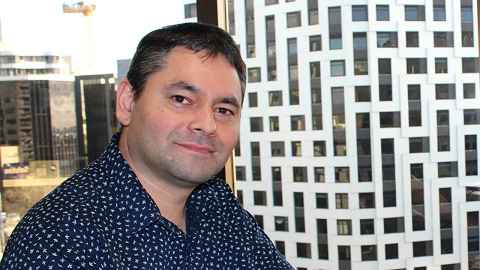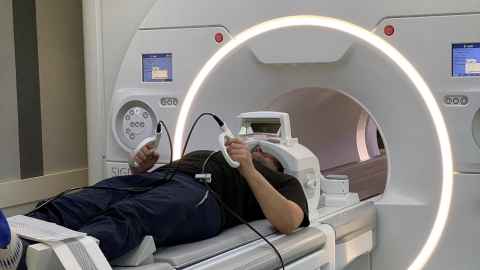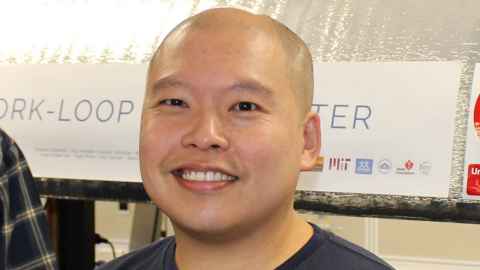Revealing mysteries of head and heart brings Marsden success for ABI
3 November 2022
Explorations of the ADHD brain and the mechanisms of heart rate variation win funding at the Auckland Bioengineering Institute

An atlas of the ADHD brain and the time space between heart beats, two projects from the Auckland Bioengineering Institute (ABI) have been awarded more than $1.8 million over three years by the Royal Society Te Apārangi Marsden Fund.
Associate Professor Justin Fernandez has been awarded $870,000 to pursue research using ultra-fast functional MRI scans to reveal differences in the way the brain responds between people who are neurotypical and people who have ADHD.
“We are searching for an MRI-based biomarker of ADHD. This has the very real potential to fast track the ADHD diagnosis process,” says Dr Fernandez.
Dr Fernandez and a multidisciplinary team of bioengineers, neuropsychologists, and medical physicists are partnering with GE Healthcare and the Mātai Medical Research Institute to create the first dynamic brain atlas of ADHD in a diverse New Zealand population.
Using Hyperband functional MRI, a novel super-fast sequence, researchers will capture images of people’s brains as they perform specific tasks.

“Functional MRI is a snapshot of how the brain responds, rests, and waits. As the ADHD brain transitions through motors skills and executive functioning during rest and decision-making, we will be able to characterise short-term brain signatures and reveal unknown connectivity networks,” says Dr Fernandez.
“Hyperband functional MRI technology reduces image capture times from 12 minutes for a traditional MRI to four minutes, making it a more suitable tool for children and people prone to restlessness and fidgeting. It is pushing the envelope of MRI capability, making it more tractable and translatable for use in the clinic,” he adds.
Mechanisms behind the patter of a beating heart
Dr June-Chiew Han, an HRC Sir Charles Hercus Health Research Fellow at ABI, has received $934,000 to explore the mechanisms behind the perfect patter of a beating heart.
Dr Han and his team of physiologists and bioengineers will aim to understand the physiological and cellular mechanisms at play in heart rate variation and its impact on health by investigating the cellular dynamics that underlie heart function and efficiency during fixed and variable timing between heart beats.
“A heart that beats at 60 beats-per-minute does not beat precisely once every second. Rather, there is natural variation in time between consecutive heartbeats,” says Dr Han “This natural phenomenon is prominent at birth, is in synchrony with breathing and reflects a person’s resilience and flexibility to adapt to physiological challenges.”

“Conversely, the more a heartbeat becomes regimented and predictable, like a metronome, the more its performance wanes,” he says. “What’s more, declining inter-beat variability is strongly associated with development of heart disease.”
“The study is timely given now prevalent monitoring of heart rate variability using portable devices like smartphones,” he adds.
The project builds on “tantalising results” from earlier pre-clinical experiments on animals which show heart muscles work substantially harder if they are forced to keep a set pace. There are implications for the 1.3 million people worldwide receiving permanent pacemakers every year, including around 1,800 New Zealanders, and the potential to inform future pacemaker designs using a more naturalistic heart rate variable model.
Dr Han says by deciphering the mechanistic protein pathways by which fixed-rate and variable-rate pacing confer their distinct effects, this project could aid the discovery of novel targets for pharmacological interventions to mimic these mechanistic effects.
“This approach may bypass the need for pacemaker implantation, and its associated complications, altogether. If so, then this would provide a non-invasive, pharmacological, alternative to broaden the options for heart disease treatment that benefit non-responders to pacing therapy,” he says.
Media contact
Paul Panckhurst | media adviser
M: 022 032 8475
E: paul.panckhurst@auckland.ac.nz